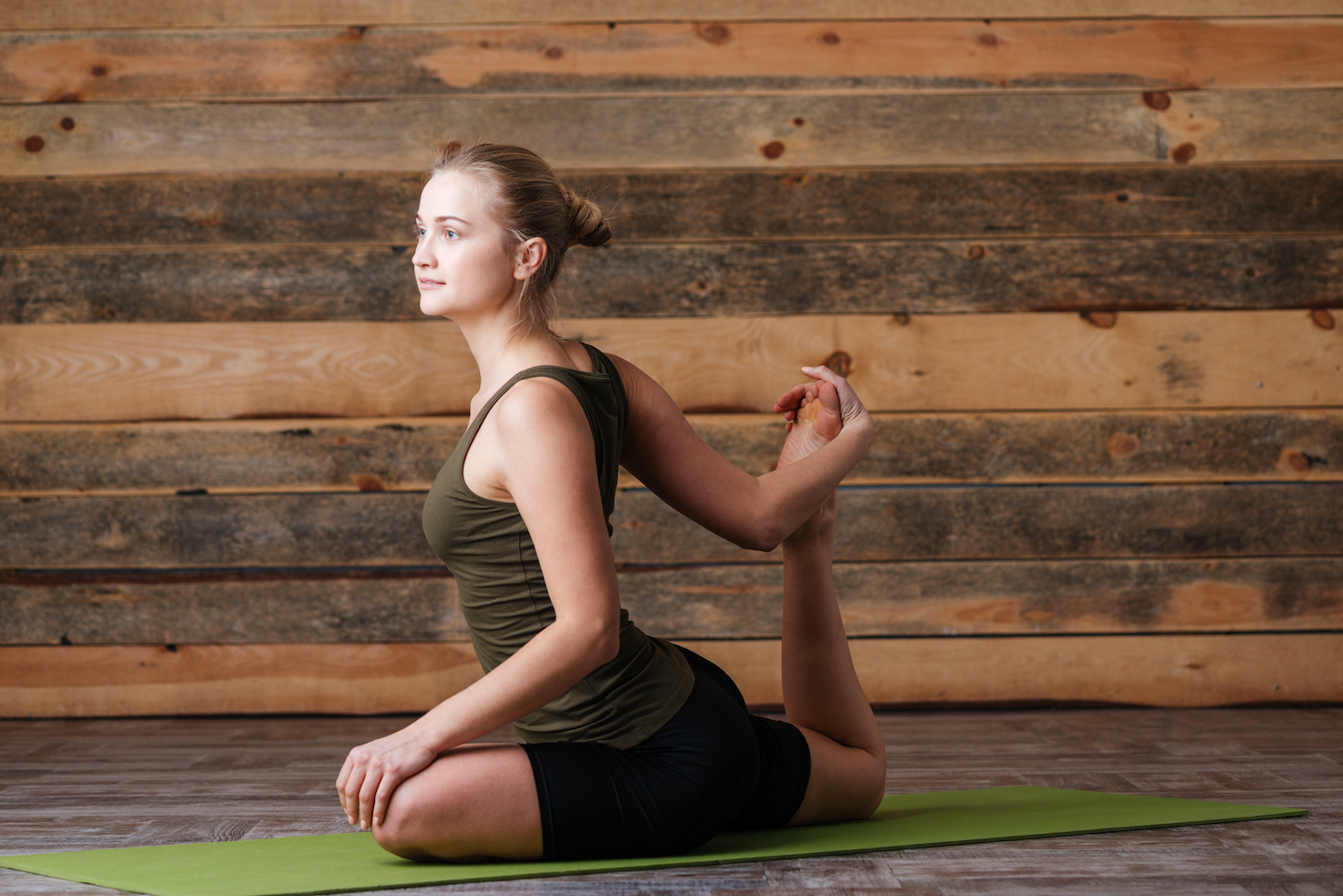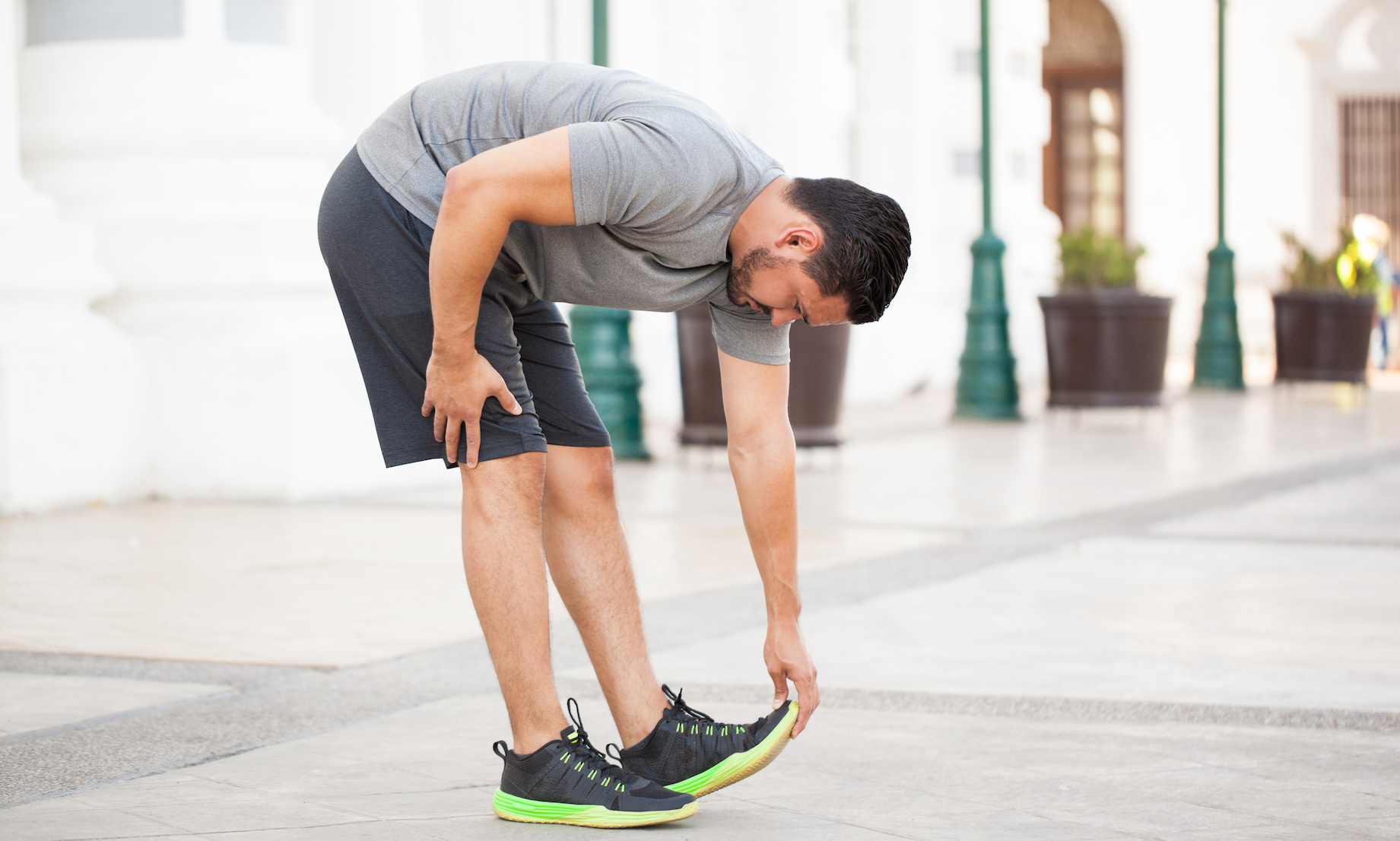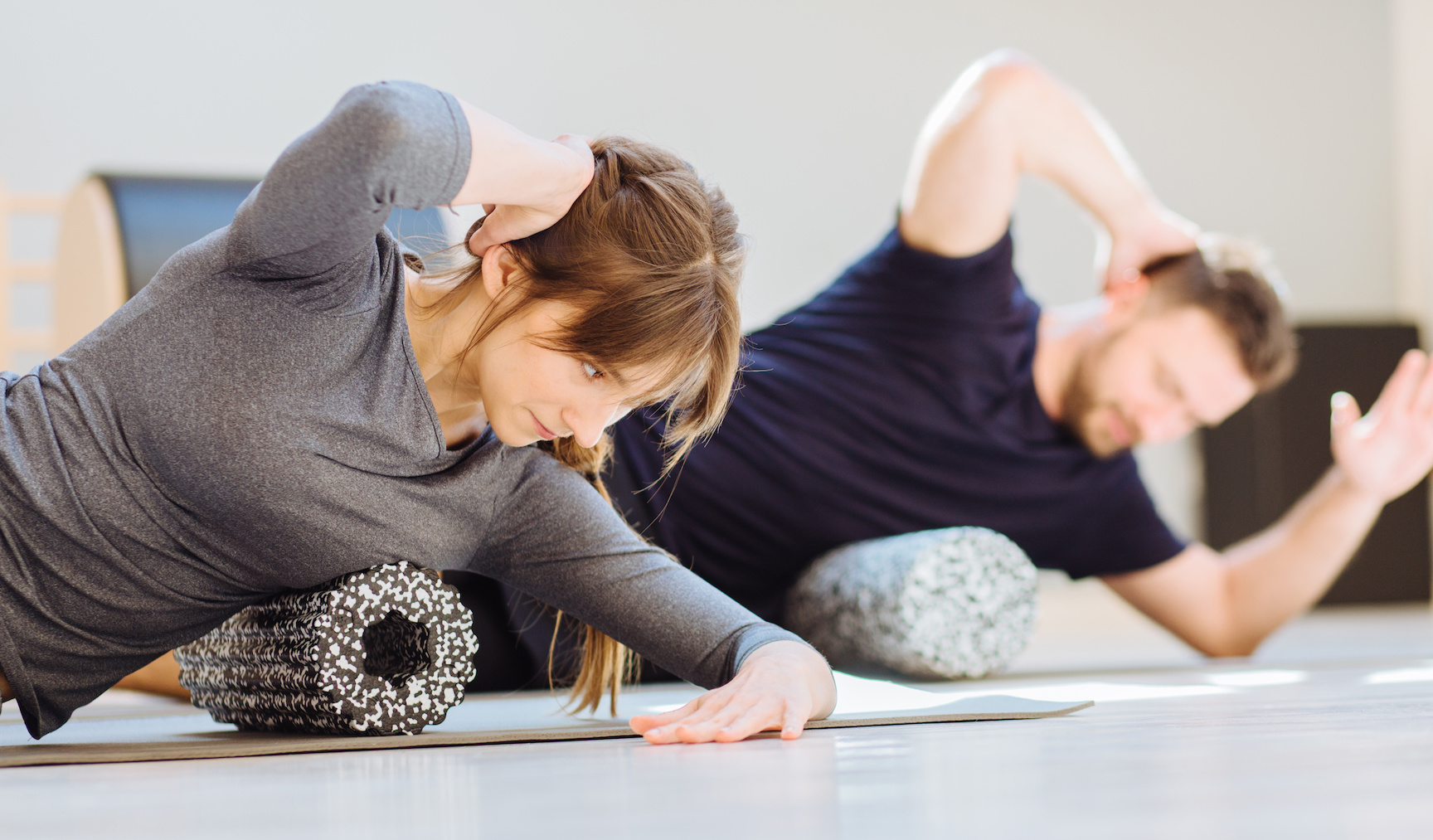What is Flexibility and How Can You Improve Yours?
Did you know that poor flexibility is one of the more overlooked factors that can prevent you from fully realizing a healthy lifestyle? Having good flexibility is an important fitness component that can help prevent injury, improve athletic performance, and generally maintain a healthier quality of life.
An important consideration is that the choices you make around maintaining flexibility can have a significant positive or negative effect on your health in the long term. The good news is, making small, periodic, changes over time is often all that's needed to improve your flexibility and thus improve your health.
Let's take a look at how to assess your current level of flexibility, some of the factors that affect it, and a few of the simple steps you can take to begin improving it.
What is flexibility?

Flexibility is the degree of movement a muscle or joint can make through its full range of motion (ROM) without causing pain. This range of motion also involves soft tissues that surround the joint or attach muscles to bone. Some of these soft tissues can include:
Ligaments
Tendons
Joint capsules
Muscles
Skin
Flexibility can vary widely from person to person and can be affected by many factors such as:
Inactivity or lack of stretching
Weight, muscle, and body composition
Injury or illness
Why is flexibility important?
Having good flexibility is an important fitness component towards overall bodily health and longevity. It can promote good posture, improve your fitness performance, and generally decrease your risk for injury.
In contrast, poor flexibility can lead to negative health effects such as:
Excessive stress on muscles
Deteriorating joint health
Added muscle fatigue
Increased likelihood of injury
Tears in muscles, cartilage, and ligaments
Breaks in bones
With good flexibility, you can see positive health effects that may include:
Better balance
Reduced risk of injury
Greater sports performance
How to measure flexibility

Flexibility assessments come in many different forms but can be simplified in to two different categories:
Functional movement assessments (simple and free to do yourself)
Laboratory assessments (more complex and involves paid tests)
Functional movement assessments
Barring any significant health issues, many people find that starting with functional movement assessments is a good place to start. These types of tests involve attempting to perform simple movements that can highlight whether any flexibility deficiencies exist with various body parts. Here are a few examples of these tests:
Sit-and-reach
Straight leg raise
Weight-bearing lunge
Shoulder stretch
Trunk lift
Laboratory assessments
In some cases, for people that have experienced serious injuries in the past or have serious health conditions that make certain movements dangerous, a supervised laboratory test with a certified health professional might be warranted. Many of these professionals may have access to tools, such as goniometers, to more accurately measure your range of motion.
In addition to having the proper tools, medical professionals that specialize in flexibility, such as sports physicians, will also tend to have a better understanding of what muscles, joints, and connective tissue should be safely capable of. This expert understanding of range of motion and their experienced eye can help ensure safe tests that do not cause additional injury or bodily stress. When in doubt, consider at least seeking the advice of a medical professional, like a sports physician.
How to improve flexibility

A proper stretching routine will typically cover all of the body’s major muscle groups. In particular, on a given day, this will include the muscle groups associated with the exercises or athletic activity you’ve performed on that day.
The important thing to remember is it’s a good idea to warm up before any physical activity or stretching. This increases blood flow to the muscles and can help you avoid tearing and damaging muscles and connective tissue. It’s also important to remember to maintain normal breathing patterns and avoid holding your breath.
According to the Harvard Medical School, healthy adults should incorporate stretching and flexibility exercises at least two to three times per week.
There are several types of stretches that may improve your flexibility. Let’s focus on the two primary types of stretching:
Static stretching
This involves holding various positions for at least 15-30 seconds, but generally not longer than that. These static holds should only be performed after warm ups or exercise.
Dynamic stretching
This includes stretching accompanying the movements of your warmups. For a classic example of dynamic stretching, let’s take a look at how some people warm up for the bench press.
Initially, people might focus on getting into position and achieving a textbook form. They might start without a barbell and focus on progressing through the movements as if they were lifting a barbell. In many cases, they may use a barbell with little to no weight to add some minimal resistance that won’t be fatiguing. This can aid in increasing flow of blood, oxygen, and nutrients to the muscles, joints, and connective tissue so that you are set up for a safe exercise condition.
Strength training
Another factor to consider is the potential for weakened or underdeveloped muscles to negatively affect flexibility. For example, following a major surgery or other health event, it’s not uncommon to lose a bit of muscle mass and need a bit of exercise or physical therapy to regain it.
Strength training can be a useful factor in improving flexibility by shoring up these weakened muscle states. When performing strength training, it’s important to focus on achieving full range of motion to ensure you are exercising muscles, joints, and connective tissue more fully. This can help ensure added stability when engaged in exercise or other stressful activities.
What is the impact of age on flexibility?
In general, flexibility tends to decrease with age. Along with this, it's not uncommon to also see a decreased range of motion for muscles and joints. Some of this is due to wear and tear, over time, on your joints and surrounding connective tissue. While you can't eliminate this, some of the steps mentioned above can increase the likelihood of maintaining good flexibility and a healthy lifestyle as you age..
Flexibility also becomes increasingly important with age and maintaining the ability to perform even basic activities for daily living. For example, things like putting socks and shoes on. Also, being able to maintain personal hygiene in the bath or shower, or maintaining stability to prevent injuries or falls. The more your flexibility declines, the more likely some of these basic health tasks might decline and lead to other issues.
How long can it take to increase flexibility?
The length of time it takes to experience improvements in flexibility varies from person to person. A number of factors can affect this time frame. This includes body composition, genetics, your current starting point, as well as the consistency with which you start exercising and stretching.
According to Peterson Physical Therapy, meaningful improvements to flexibility can be seen in as little as two to three weeks after beginning to implement a stretching routine. Significant improvements may take a bit longer to manifest, such as several months, depending on some of the factors mentioned above.
In conclusion
To recap, flexibility is an important component to health and longevity. As we’ve seen, it tends to decline in old age. However, regular stretches and exercises can potentially help mitigate some of this decline. Consider trying a few flexibility tests sooner rather than later. Try to incorporate periodic stretching a few times per week, and this will go a long way towards increasing and maintaining your flexibility. In the long run, your joints and muscles will thank you!
SEDERA DOES NOT PROVIDE MEDICAL ADVICE. The information contained herein is for informational and/or educational purposes only and is not intended or implied to be a substitute for professional medical advice. Always seek the advice of your physician or other qualified healthcare provider with any questions you may have regarding a medical condition or treatment.